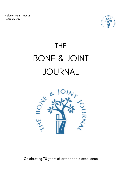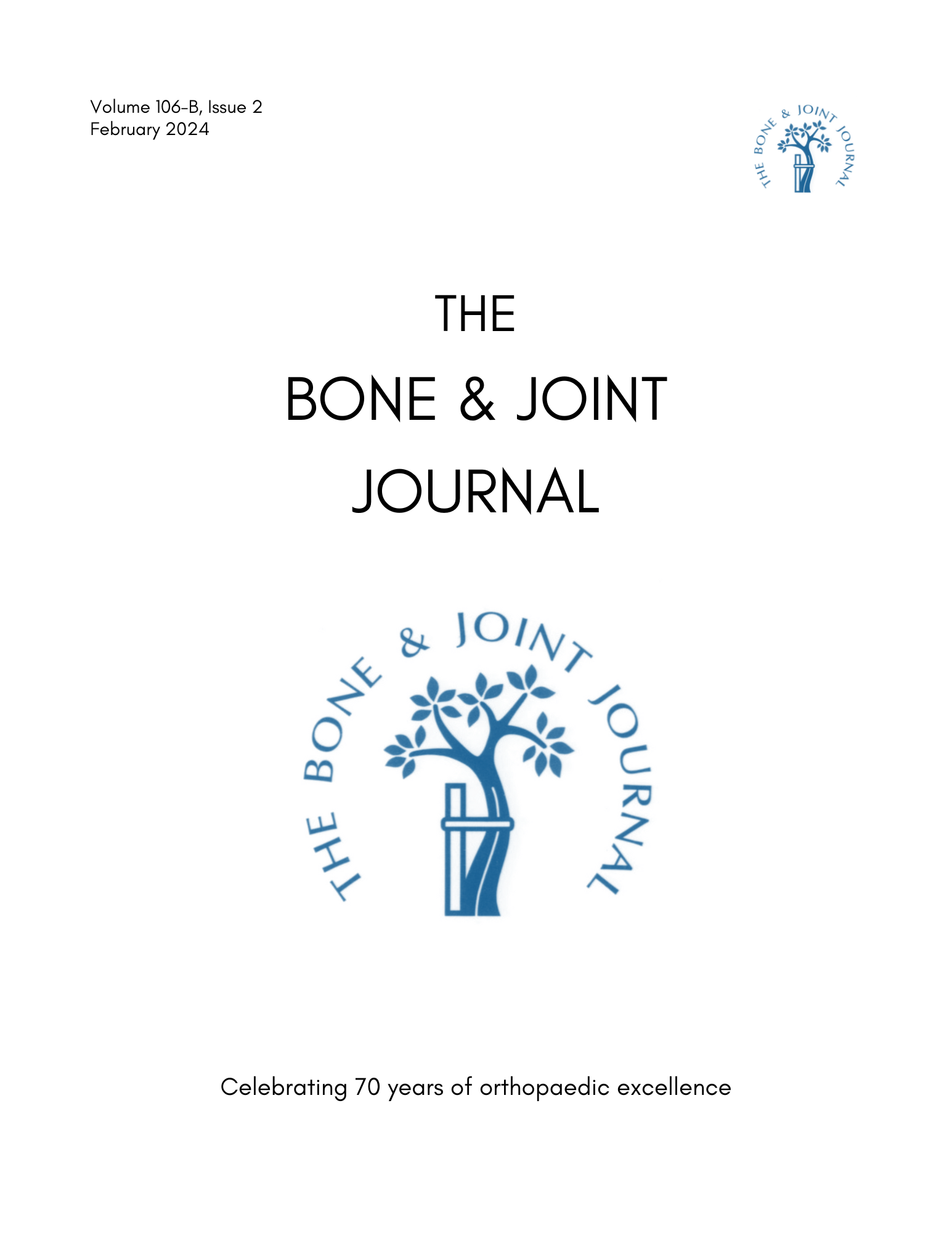
Unstable distal radial fractures managed with external fixation require fewer reoperations .
This report has been verified
by one or more authors of the
original publication.
This study has been identified as potentially high impact.
OE's AI-driven High Impact metric estimates the influence a paper is likely to have by integrating signals from both the journal in which it is published and the scientific content of the article itself.
Developed using state-of-the-art natural language processing, the OE High Impact model more accurately predicts a study's future citation performance than journal impact factor alone.
This enables earlier recognition of clinically meaningful research and helps readers focus on articles most likely to shape future practice.
Bridging external fixation and supplementary Kirschner-wire fixation versus volar locked plating for unstable fractures of the distal radius: A RANDOMISED, PROSPECTIVE TRIAL
J Bone Joint Surg Br. 2008 Sep;90(9):1214-2188 patients with distal radius fracture were selected for surgical fixation. This group was randomized to be managed with either bridging external fixation with supplementary Kirschner-wire (K-Wire) fixation or volar locked plating with screws. The patients treated by volar plating had a significant early improvement in the range of movement of the wrist; this advantage diminished with time, and in absolute terms the difference in range of movement was clinically non-relevant. No clinically significant differences in the reductions was observed on radiographs. Both groups had comparable function at one year. No definitive advantage of either treatment could be established; however, fewer re-operations were required in the external fixation group.
Unlock the Full ACE Report
You have access to 4 more FREE articles this month.
Click below to unlock and view this ACE Reports
Unlock Now
Critical appraisals of the latest, high-impact randomized controlled trials and systematic reviews in orthopaedics
Access to OrthoEvidence podcast content, including collaborations with the Journal of Bone and Joint Surgery, interviews with internationally recognized surgeons, and roundtable discussions on orthopaedic news and topics
Subscription to The Pulse, a twice-weekly evidence-based newsletter designed to help you make better clinical decisions
Exclusive access to original content articles, including in-house systematic reviews, and articles on health research methods and hot orthopaedic topics

































































